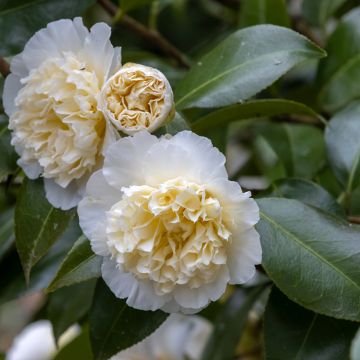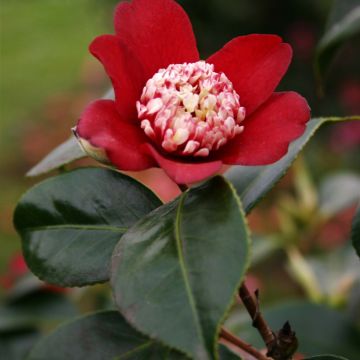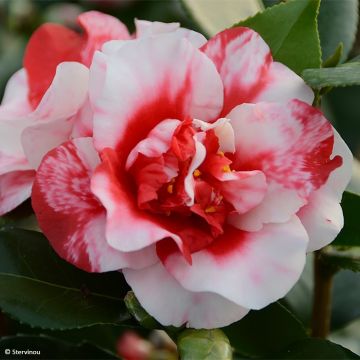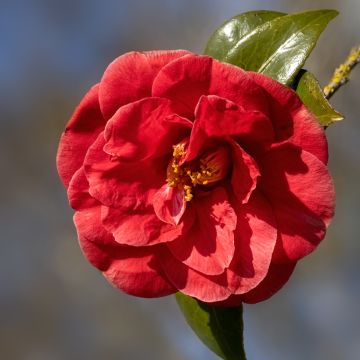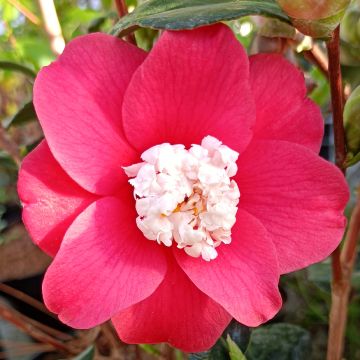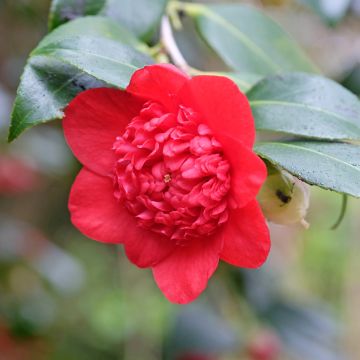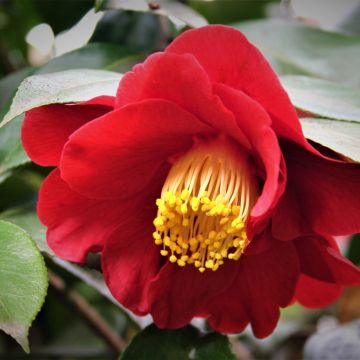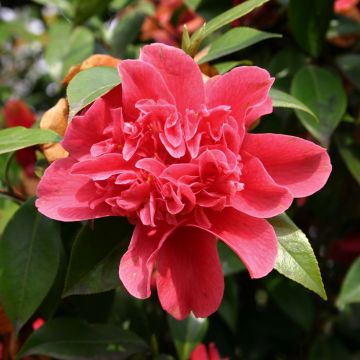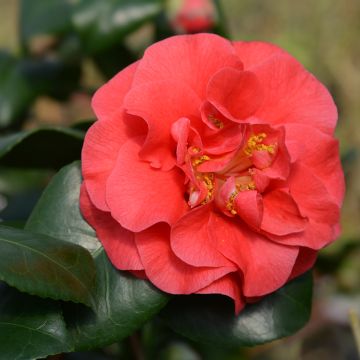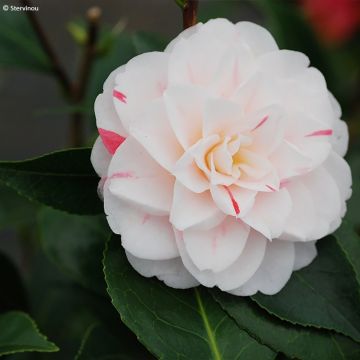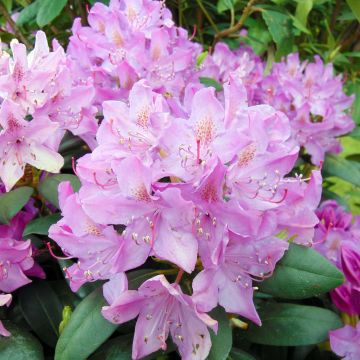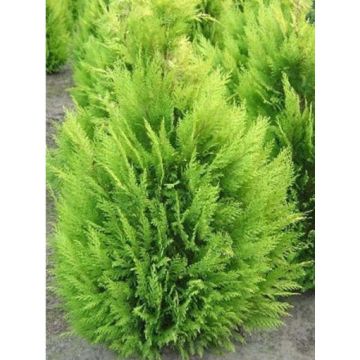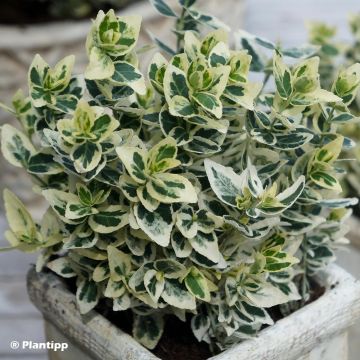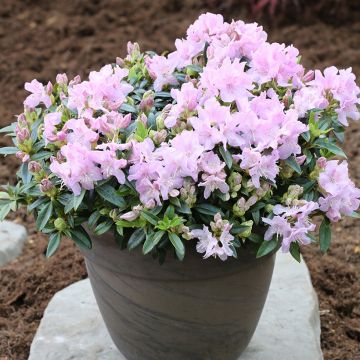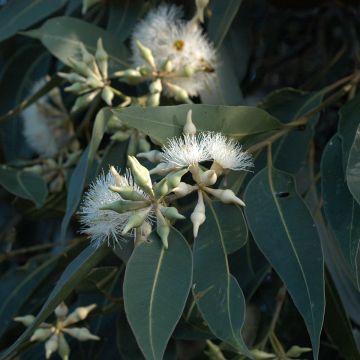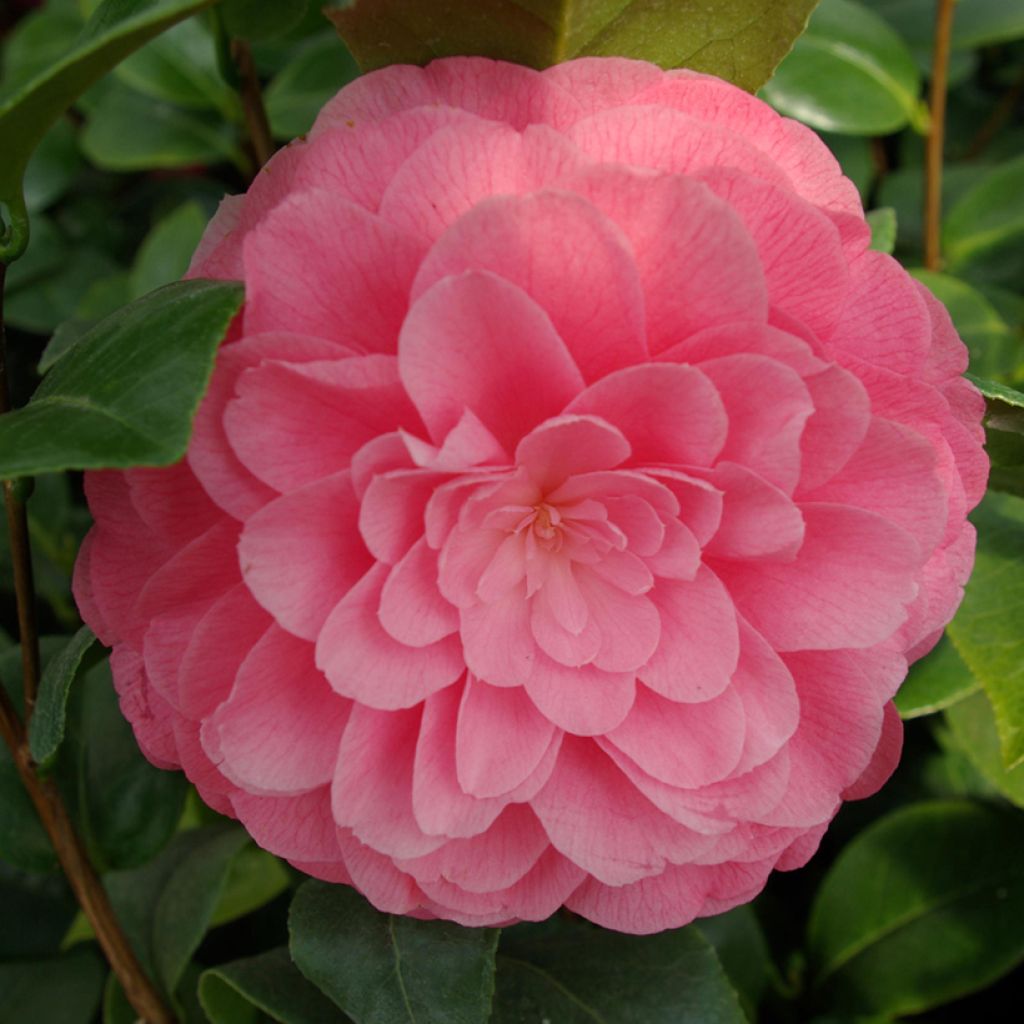

Camellia japonica Nuccio's Cameo
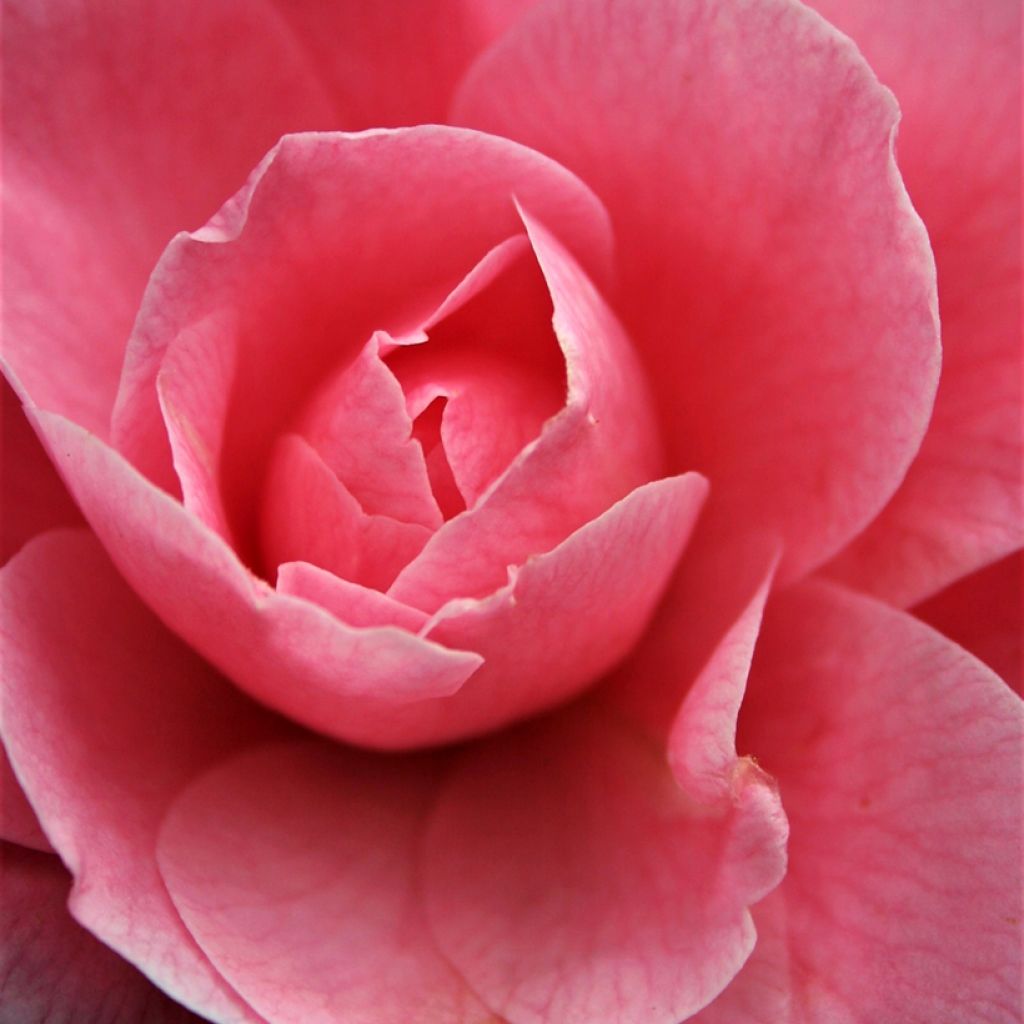

Camellia japonica Nuccio's Cameo
Camellia japonica Nuccio's Cameo
Camellia japonica Nuccio's Cameo
Japanese Camellia, Rose of winter
This item cannot be shipped to the selected country
Delivery charge from €5.90
Delivery charge from €5.90
More information
Schedule delivery date,
and select date in basket
This plant carries a 24 months recovery warranty
More information
We guarantee the quality of our plants for a full growing cycle, and will replace at our expense any plant that fails to recover under normal climatic and planting conditions.
From €5.90 for pickup delivery and €6.90 for home delivery
Express home delivery from €8.90.
From €5.90 for pickup delivery and €6.90 for home delivery
Express home delivery from €8.90.
Does this plant fit my garden?
Set up your Plantfit profile →
Description
Camellia japonica 'Nuccio's Cameo' is a variety of Japanese Camellia with irresistible and fascinating beauty. From February, it produces a light pink flowering with sophisticated and elegant graphics, thanks to its numerous petals overlapping each other and forming a perfect rosette. This bush, which can easily be grown in a pot, forms a medium-sized clump with dense, evergreen and dark foliage, which highlights the clear flowering. Comfortable in an Atlantic climate, it appreciates partial shade and moist, slightly acidic soils.
Camellia is a member of the Theaceae family, of which it is the most well-known representative, including the tea plant (Camellia sinensis) of great economic importance, and all ornamental species. A few other rare genera of the family are known to collectors, such as Gordonia and Stewartia, whose respective flowers resemble those of simple Camellias. There are dozens of botanical species listed, with Camellia japonica being the most commonly used in gardens.
'Nuccio's Cameo' is one of the varieties whose flowers exude a sophisticated charm, due to their impeccable geometry. This medium-sized Camellia will reach a height of about 1.80 m and a spread of 1.20 m at maturity after about ten years. It has a dense and bushy, slightly pear-shaped habit, with dark green evergreen leaves whose upper surface appears glossy. These leaves are ovate to lance-shaped with a slightly toothed margin, leathery and generally 6 to 8 cm long. Their dark colour is ideal for highlighting the clear flowering that appears from February to April. Floral buds then open into large flowers with a diameter ranging from 10 to 13 cm. They are very double, formed by dozens of petals neatly overlapping each other, forming an almost perfect geometric rosette. The petals are slightly pointed in the centre of the corolla and round and widen as they approach the periphery, in an aesthetic that will delight purists. Their colour varies from a tender pastel pink to a deeper azalea pink, giving these flowers with a sophisticated sculpture a romantic charm.
Camellia Nuccio's Cameo can be grown in a pot to enhance a partially shaded terrace, protected from cold winds. Choose a thick terracotta or "double skin" plastic pot (with air gap between the inner and outer walls) to prevent the soil from heating up. In the ground, plant it in a bed of ericaceous plants that share the same needs. Extend the flowering period by planting Rhododendrons alongside, which will give you flowers from April to June depending on the varieties, in an almost inexhaustible range of colours. Little-known Magnolia macrophylla first attracts attention with its immense leaves that can reach 60 cm, and also produces large white flowers with a diameter of 25 cm in June and July. And to cover the entire growing season, indulge in Hydrangeas, which will offer you their generous flowering until autumn, before giving way to the Camellia sasanqua, the autumn Camellia, essential for the end of the season and winter.
Report an error about the product description
Plant habit
Flowering
Foliage
Botanical data
Camellia
japonica
Nuccio's Cameo
Theaceae
Japanese Camellia, Rose of winter
Cultivar or hybrid
Other Japanese Camellia
Planting and care
Camellia Nuccio's Cameo prefers fairly shaded locations, sheltered from cold and drying winds. You can grow it in a slightly sunnier position by avoiding too bright afternoon rays, provided that the roots remain cool. Plant it in moist, humus-bearing, acidic, and well-drained soil. Do not plant the bush too deeply, the top of the root ball should be covered with 3 cm. In winter, cover it with a 5 to 7 cm thick mulch composed of leaf compost and crushed bark. The bush can withstand temperatures of around -15°C once well-rooted but be careful of late frosts that can damage the flowers and buds. During dry periods, water the bush to prevent the dropping of flower buds.
Planting period
Intended location
Care
This item has not been reviewed yet - be the first to leave a review about it.
Evergreen shrubs
Haven't found what you were looking for?
Hardiness is the lowest winter temperature a plant can endure without suffering serious damage or even dying. However, hardiness is affected by location (a sheltered area, such as a patio), protection (winter cover) and soil type (hardiness is improved by well-drained soil).

Photo Sharing Terms & Conditions
In order to encourage gardeners to interact and share their experiences, Promesse de fleurs offers various media enabling content to be uploaded onto its Site - in particular via the ‘Photo sharing’ module.
The User agrees to refrain from:
- Posting any content that is illegal, prejudicial, insulting, racist, inciteful to hatred, revisionist, contrary to public decency, that infringes on privacy or on the privacy rights of third parties, in particular the publicity rights of persons and goods, intellectual property rights, or the right to privacy.
- Submitting content on behalf of a third party;
- Impersonate the identity of a third party and/or publish any personal information about a third party;
In general, the User undertakes to refrain from any unethical behaviour.
All Content (in particular text, comments, files, images, photos, videos, creative works, etc.), which may be subject to property or intellectual property rights, image or other private rights, shall remain the property of the User, subject to the limited rights granted by the terms of the licence granted by Promesse de fleurs as stated below. Users are at liberty to publish or not to publish such Content on the Site, notably via the ‘Photo Sharing’ facility, and accept that this Content shall be made public and freely accessible, notably on the Internet.
Users further acknowledge, undertake to have ,and guarantee that they hold all necessary rights and permissions to publish such material on the Site, in particular with regard to the legislation in force pertaining to any privacy, property, intellectual property, image, or contractual rights, or rights of any other nature. By publishing such Content on the Site, Users acknowledge accepting full liability as publishers of the Content within the meaning of the law, and grant Promesse de fleurs, free of charge, an inclusive, worldwide licence for the said Content for the entire duration of its publication, including all reproduction, representation, up/downloading, displaying, performing, transmission, and storage rights.
Users also grant permission for their name to be linked to the Content and accept that this link may not always be made available.
By engaging in posting material, Users consent to their Content becoming automatically accessible on the Internet, in particular on other sites and/or blogs and/or web pages of the Promesse de fleurs site, including in particular social pages and the Promesse de fleurs catalogue.
Users may secure the removal of entrusted content free of charge by issuing a simple request via our contact form.
The flowering period indicated on our website applies to countries and regions located in USDA zone 8 (France, the United Kingdom, Ireland, the Netherlands, etc.)
It will vary according to where you live:
- In zones 9 to 10 (Italy, Spain, Greece, etc.), flowering will occur about 2 to 4 weeks earlier.
- In zones 6 to 7 (Germany, Poland, Slovenia, and lower mountainous regions), flowering will be delayed by 2 to 3 weeks.
- In zone 5 (Central Europe, Scandinavia), blooming will be delayed by 3 to 5 weeks.
In temperate climates, pruning of spring-flowering shrubs (forsythia, spireas, etc.) should be done just after flowering.
Pruning of summer-flowering shrubs (Indian Lilac, Perovskia, etc.) can be done in winter or spring.
In cold regions as well as with frost-sensitive plants, avoid pruning too early when severe frosts may still occur.
The planting period indicated on our website applies to countries and regions located in USDA zone 8 (France, United Kingdom, Ireland, Netherlands).
It will vary according to where you live:
- In Mediterranean zones (Marseille, Madrid, Milan, etc.), autumn and winter are the best planting periods.
- In continental zones (Strasbourg, Munich, Vienna, etc.), delay planting by 2 to 3 weeks in spring and bring it forward by 2 to 4 weeks in autumn.
- In mountainous regions (the Alps, Pyrenees, Carpathians, etc.), it is best to plant in late spring (May-June) or late summer (August-September).
The harvesting period indicated on our website applies to countries and regions in USDA zone 8 (France, England, Ireland, the Netherlands).
In colder areas (Scandinavia, Poland, Austria...) fruit and vegetable harvests are likely to be delayed by 3-4 weeks.
In warmer areas (Italy, Spain, Greece, etc.), harvesting will probably take place earlier, depending on weather conditions.
The sowing periods indicated on our website apply to countries and regions within USDA Zone 8 (France, UK, Ireland, Netherlands).
In colder areas (Scandinavia, Poland, Austria...), delay any outdoor sowing by 3-4 weeks, or sow under glass.
In warmer climes (Italy, Spain, Greece, etc.), bring outdoor sowing forward by a few weeks.

































